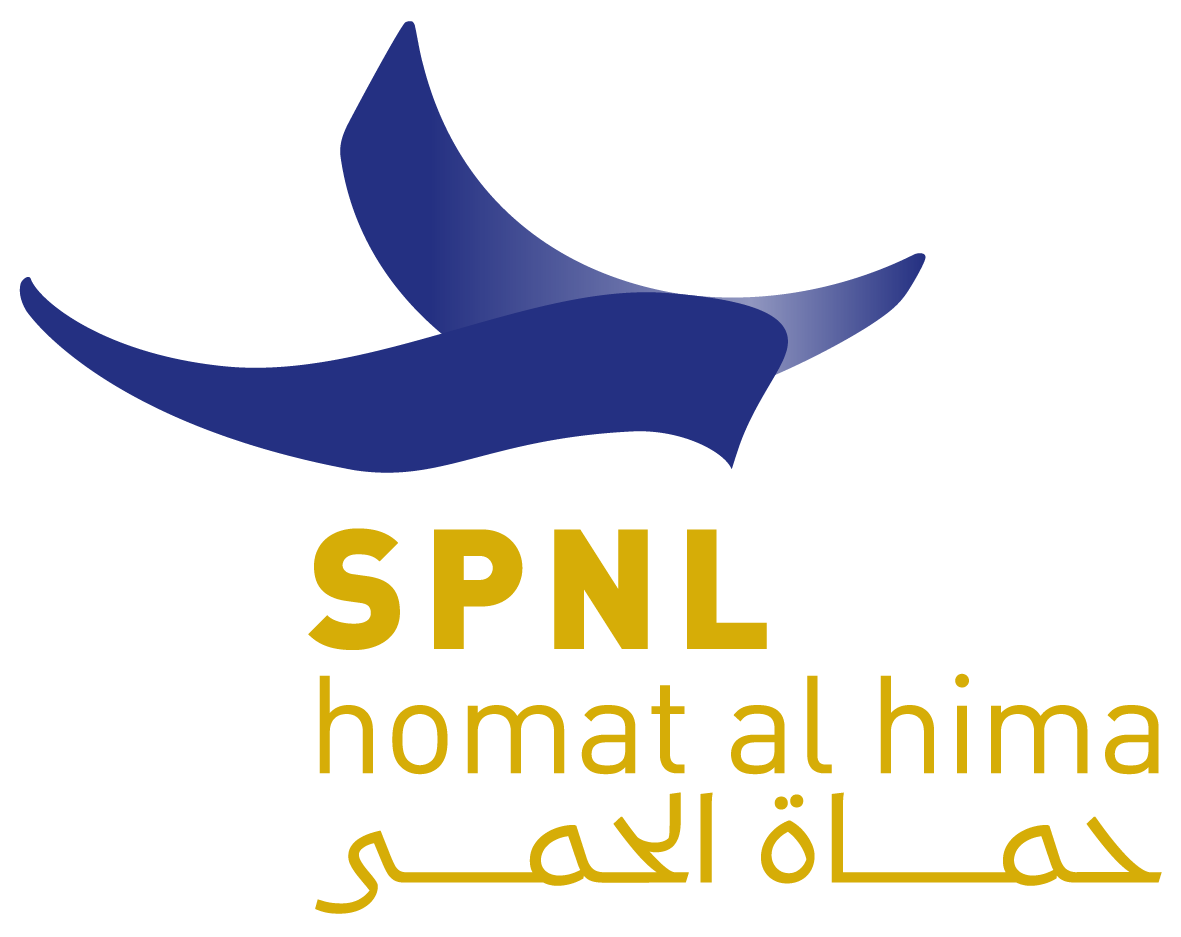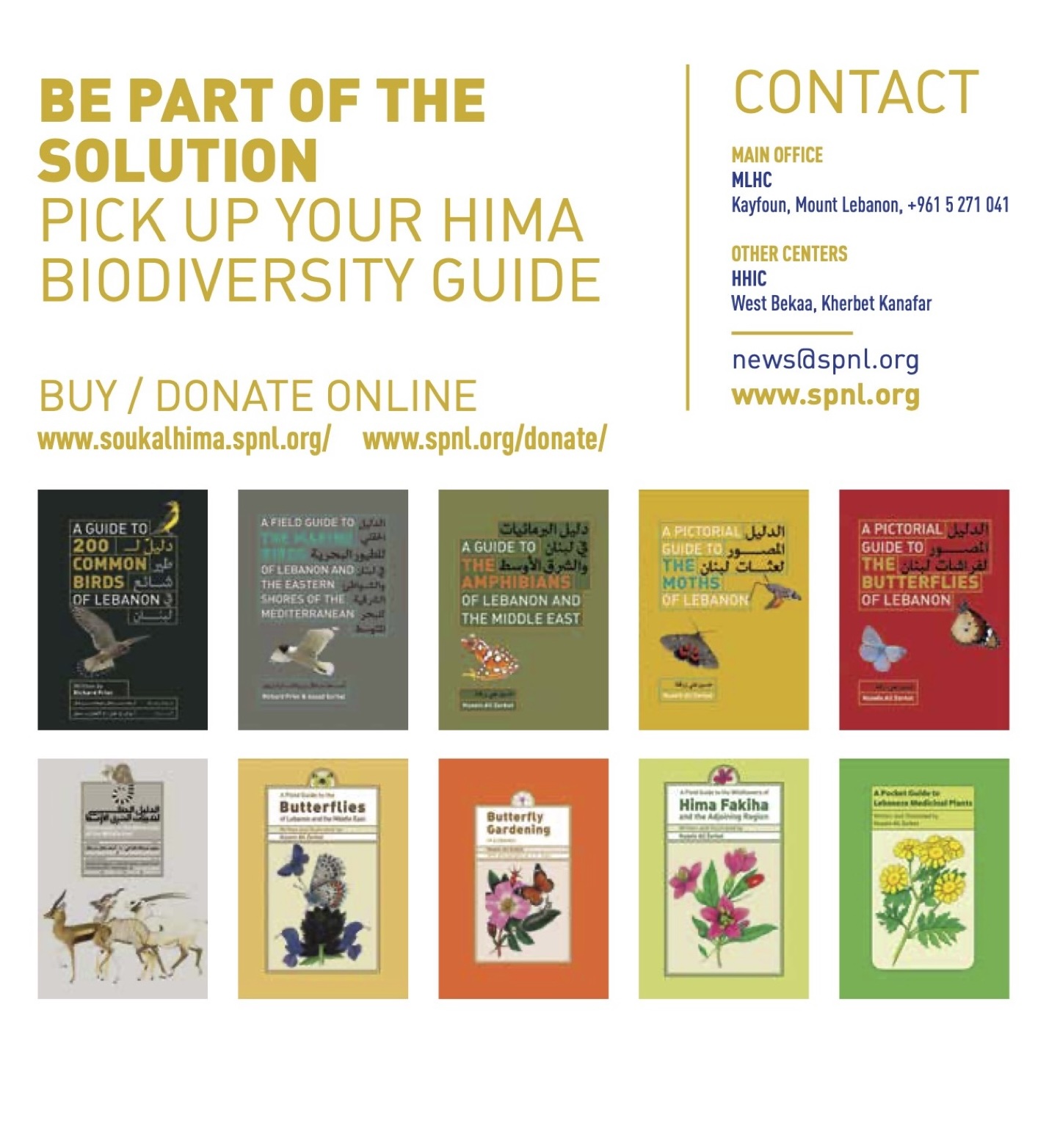A groundbreaking study has revealed critical gaps between conservation theory and practice in Lebanon’s biosphere reserves, calling for urgent reforms to make environmental protection efforts more inclusive and responsive to the needs of rural communities.
The peer-reviewed research, titled “Biosphere Reserves in Lebanon: Rifts between Conservation Discourse and Practice,” was authored by Sarah Karam, Giuliano Martiniello, Ali Chalak, Mounir Abi-Said, and Shadi Kamal Hamadeh, and published in the journal Sustainability.
Focusing on the Jabal Moussa Biosphere Reserve (JMBR), the study underscores the limited engagement of local communities in the establishment and management of protected areas, despite global and national commitments to participatory, community-based conservation.
Although biosphere reserves are framed as models of sustainable development and local empowerment, our fieldwork reveals that many local residents feel excluded from decision-making processes that directly affect their livelihoods and land.
Through a mix of semi-structured interviews and focus group discussions with 60 residents of nearby villages, as well as conservation officials and government representatives, the study identifies major concerns:
-
Local Exclusion: Communities surrounding JMBR were not adequately consulted during its designation as a biosphere reserve. Many perceive the reserve’s regulations as externally imposed and misaligned with local traditions.
-
Livelihood Disruption: Traditional activities such as grazing, charcoaling, and small-scale farming have been restricted, affecting vulnerable rural households and contributing to economic hardship.
-
Perception Gaps: While residents express strong appreciation for nature, there is a general lack of environmental awareness and minimal engagement with conservation education initiatives.
-
Power Imbalances: The management structure of Lebanon’s protected areas, dominated by the Ministry of Environment and NGOs, limits the decision-making power of local people, particularly farmers, herders, and youth.
The study found that many locals, especially those living closest to the reserve, felt a deep sense of ownership over the land but had no meaningful role in its protection. This top-down approach undermines both conservation outcomes and rural development goals.
The authors call for a shift in how biosphere reserves are conceptualized and implemented in Lebanon. They recommend:
-
Embedding local participation in all stages of reserve planning and management.
-
Recognizing and integrating traditional ecological knowledge.
-
Ensuring equitable distribution of benefits generated by ecotourism and environmental projects.
-
Treating conservation as a means to reduce poverty, not just preserve landscapes.
The study highlights the urgent need to reconfigure Lebanon’s environmental governance so that it responds to the lived realities of the communities it aims to protect.
Conservation in Lebanon must move beyond symbolic inclusion to genuine power-sharing. Only then can biosphere reserves fulfill their promise of harmonizing nature conservation with human development.
About the Study
The article “Biosphere Reserves in Lebanon: Rifts between Conservation Discourse and Practice” was published in Sustainability, Volume 13, Issue 22 (2021), DOI: 10.3390/su132212411.






